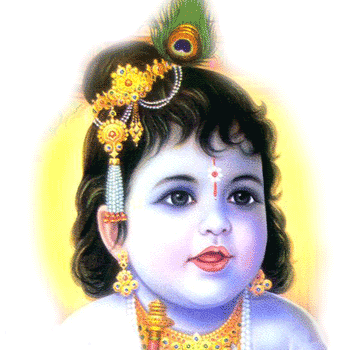BRAHMASINDHU
COMMENTARY ON BRAHMASOOTHRAM
Suvarna Nalapat
Brahmasoothra is the least understood and the most important philosophical text of India discussing aspects of Naadabrahma as supreme absolute truth in four chapters and 192 parts called adhikaranam.Adhikaranam is the basic part which discusses the meaning as five separate headings.
I The subject discussed:Brahma.
2.The doubts prevalent about subject before the discussion
3.views of others on it.(poorvapaksham)
4.The views of the present commentator(sidhanthapaksham)
5.The relation between the present discussion and the upanishadic vakya.
For this ,the sidhanthapaksha uses very scientific and scholarly views .
Brahmasoothra is part of Prasthaanathraya(The other two being Bhagavad Gita and Upanishads)and the present commentary is the first of its kind by a householder woman in the history of the world.All others have been by ascetic males.
The essence of the discussion is not only theoretical but also the practical side of life where one has to follow strict and rigourous selfcontrol The theme of realizing Brahma by a householder is the practical side of yoga and naadalayayoga and Indian classical music and the saamaveda were formed for this purpose.All the rishis who formulated the prasthaanathraya were householders like vasishta,yagnavalkya,etc.
The concept of human bioenergy as the jeevathma and the cosmic energy as paramathma ,the perfect blend of these as jeevathmaparamathmalayanam has to be achieved,not merely talked about.Since energy has no sex,creed,cast ,or any other differences Brahmasoothra does not find any difference or dwaitha in existence.Because of this,anyone who has an aptitude to learn,the intelligence to understand,and the courage to withstand the trials of sense desires can practice advaitha .This practice is in Bhaava (emotions and thoughts)and not in kriya(action).It means ,One can love the entire creation alike in advaitha,but one can have physical relationship with only one man/woman.This rigourous practice and the ability to love all children as one’s own (the children who come to learn to a gurukula-the shishya)helped the guru and gurupathni to have an ideal gurukula,in India.
The concept of Nada and Prakaasha(sound and light)as the same finds its major role in the discussion of naadabrahma.Sound and light travel together from the same source but reach human ear and eyes at different times.The only difference is in the timings and in the manifest form due to difference in the receiving end.This concept of oneness of energy as manifested world of names and forms is understood only with advaitha.Brahmasoothra deals with these in detail.The present study is a wholistic approach to the subject which draws examples from music,music therapy as practiced in India,the yoga,thanthra,and manthrasaasthra,and medical knowledge of the past and wherever needed explanations from the modern views on the subject also given so that the modern western reader also can be benefited.
Wednesday, July 11, 2007
Subscribe to:
Post Comments (Atom)


No comments:
Post a Comment